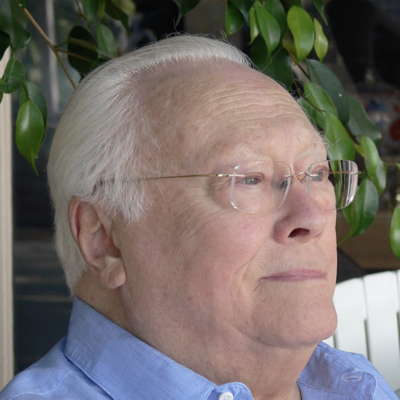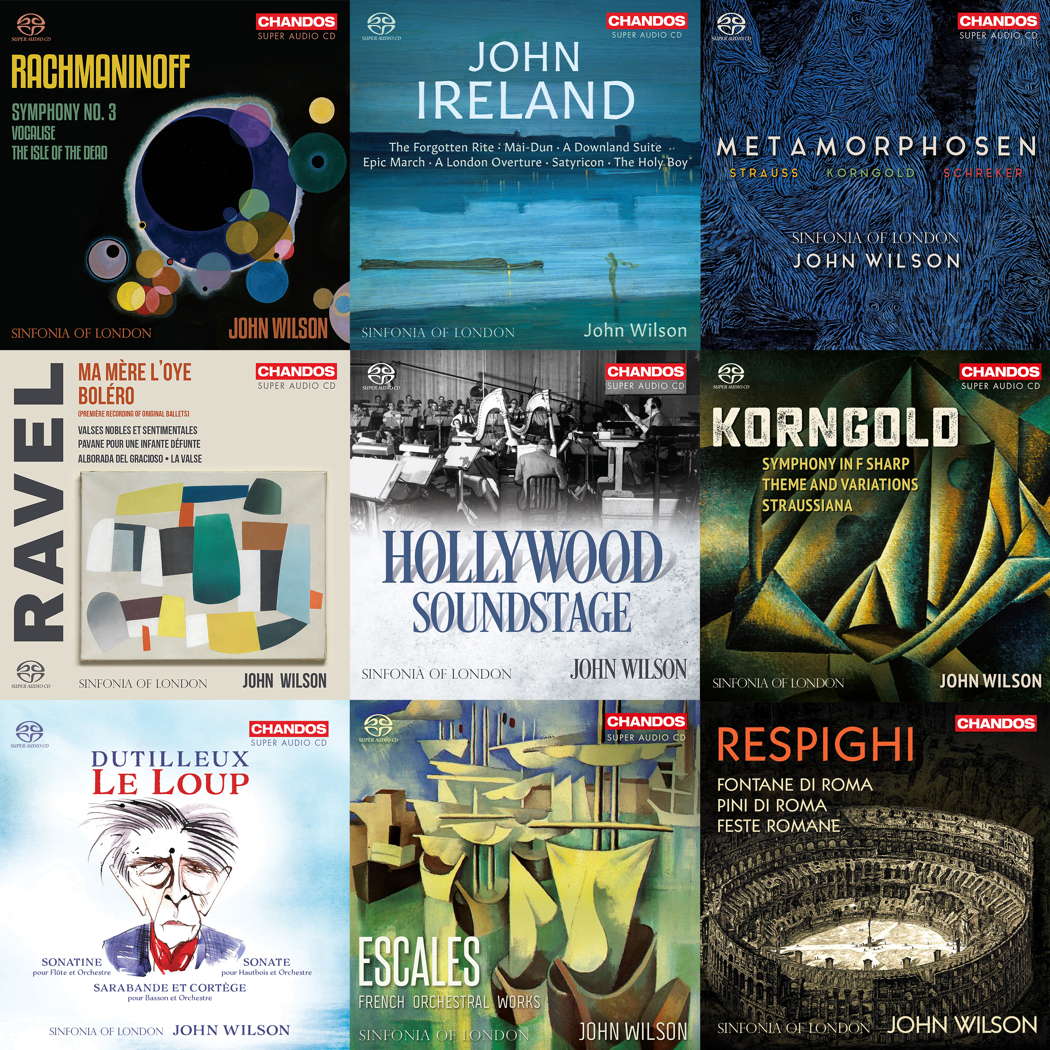- Wolstenholme
- Royal Opera
- Edward Baxter Perry
- Keda Records
- Mendelssohn: A Midsummer Night's Dream
- Tuscany
- West Kirby
- Isabelle Peters
 VIDEO PODCAST: Find out about composers from unusual places, including Gerard Schurmann, Giya Kancheli, Nazib Zhiganov and Nodar Gabunia, about singing in cars, and meet Jim Hutton from the RLPO and some of our regular contributors.
VIDEO PODCAST: Find out about composers from unusual places, including Gerard Schurmann, Giya Kancheli, Nazib Zhiganov and Nodar Gabunia, about singing in cars, and meet Jim Hutton from the RLPO and some of our regular contributors.
 SPONSORED: Profile. A Gold Mine - Roderic Dunnett visits Birmingham to talk to John Joubert.
SPONSORED: Profile. A Gold Mine - Roderic Dunnett visits Birmingham to talk to John Joubert.
All sponsored features >>
Unimpeachable Sensitivity
MIKE WHEELER listens to Walton, Ravel, Gershwin and Debussy from John Wilson and the Sinfonia of London
The first thing to hit you was the extraordinarily vivid sound. Conductor John Wilson's re-launch of the Sinfonia of London has been a major success story of the last few years, with good reason. They were alive to every twist and turn of their opener, Walton's quick-witted 'comedy overture' Scapino - Royal Concert Hall, Nottingham, UK, 4 December 2022. The players can whizz round the notes, no question, though there were moments when the phrasing could have used just a little more time to breathe.

John Wilson. Photo © 2013 Sim Canetty-Clarke
Valses Nobles et Sentimentales, as John Wilson suggested in his spoken introduction, is 'maybe Ravel's most exquisite achievement'. There was certainly plenty of that quality in evidence in this performance, but that did not rule out vigour, and some not inappropriate roughness, in the opening waltz, and there were moments in No 7 that seemed on the point of turning into the manic urgency of La Valse.
Set against that, there was Adam Walker's haunted flute solo in No 2, and a delicate teasing-out of Ravel's own style of smiling melancholy in the following number. And as Ravel summoned the ghosts of previous waltzes at the end, the long fade-out was handled with unimpeachable sensitivity.
Pianist Martin James Bartlett then joined the orchestra for Gershwin's Rhapsody in Blue. Christopher Richards was clearly having fun with the opening clarinet solo, likewise Katy Ayling, chortling away on bass clarinet a little later. For his part, Bartlett brought some refreshing subtlety to what can too often be an in-your-face first piano entry, and often suggested Gershwin playing to a small group of friends, though he could also produce the grand gesture when needed. And with the orchestra's alert, incisive playing, there was never any danger of Ferde Grofé's familiar orchestration seeming over-upholstered.
Attention to detail, especially regarding dynamics, was also a feature of Debussy's La Mer after the interval. There was a distinct early-morning chill to the opening, and the four-part cello writing later was sonorous, and sharply profiled. The swirls and eddies characterising 'Play of the Waves' were marked by precisely-placed points of colour, not least in the last few moments, which are among Debussy's most magical. Throughout the dark, stormy third movement, orchestra and conductor didn't go just for immediate effect, though there was plenty of that, but also kept a grip on the music's narrative thread, symphonic structure and pacing. Wilson told us they had recorded the work the day before, which has to be good news.

Chandos CD covers for recordings by John Wilson and the Sinfonia of London
Finally, back to Ravel. Bolero was played in the so-called 'ballet version', a recent edition of the score, restoring what was originally danced to by Ida Rubinstein, who commissioned it. It is mostly a matter of small details, but it also shares the wrist-straining repetitive rhythmic figure between two alternating side-drum players on either side of the orchestra, and includes triangle and castanets in the final repetition of the tune. Wilson and the orchestra started it at the edge of audibility, as though approaching slowly from the distance. They also let us hear how other instruments also keep the rhythmic pattern going. The changing orchestral colours were boldly projected, with the horn, flute and celesta entry sounding every bit as weird as usual. By the end, the performance had reached a pitch of wild, collective frenzy, and the climactic lift to E major delivered a genuine shock-wave.
Copyright © 29 December 2022
Mike Wheeler,
Derby UK

ARTICLES ABOUT THE SINFONIA OF LONDON
ARTICLES ABOUT NOTTINGHAM ROYAL CONCERT HALL


